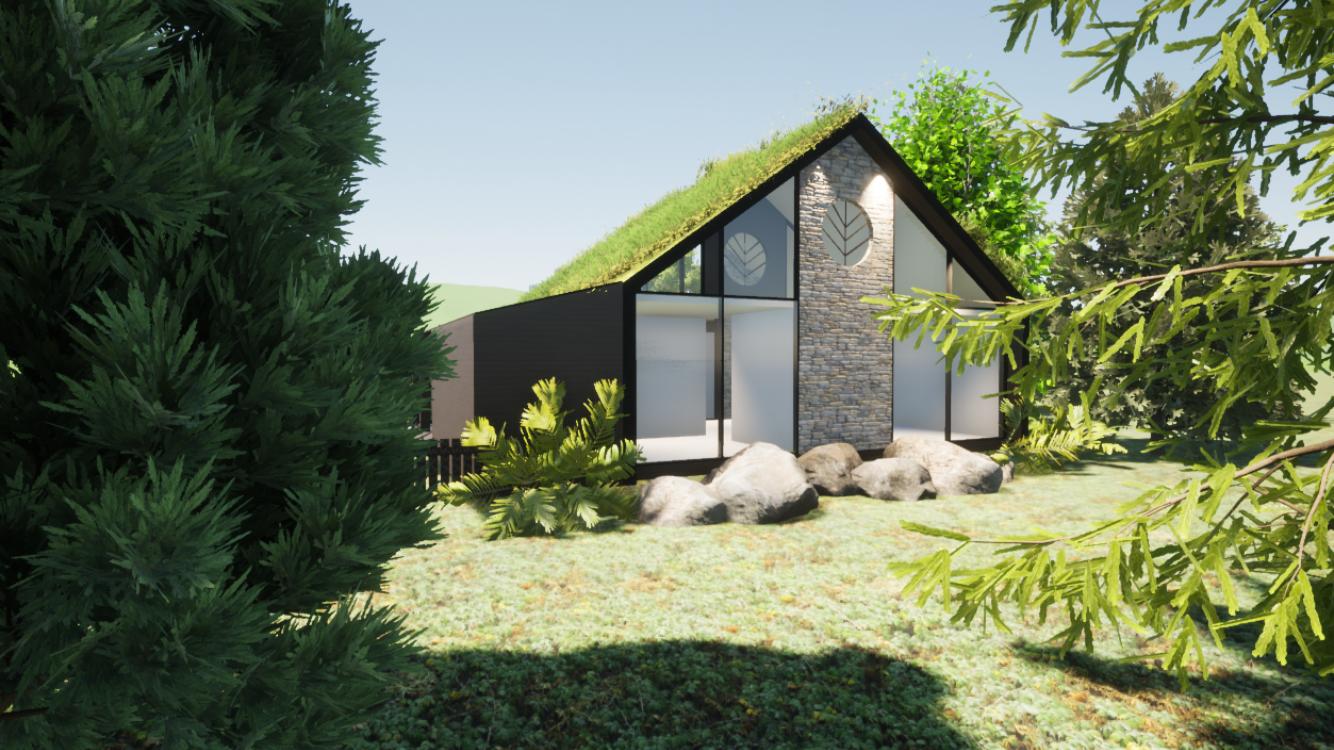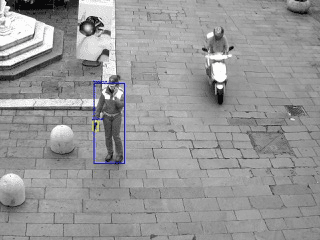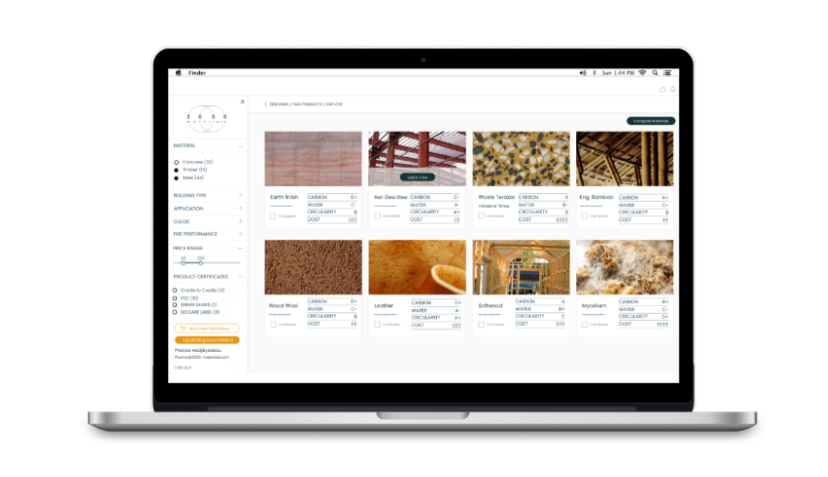
About Brette Haus
- Founders: Gennadii Bakunin, Sergey Khachian, Vladimir Dudin
- Founded in: 2019
- Employees: 19
- Money raised: -
- Ultimate goal: Maintain internal balance. Live, work, and rest in any place you like.
What if you could unfold your home anywhere? To travel the world, to be a digital nomad, or for leisure, having a house that can be easily wrapped up sounds like a good idea. Brette Haus has been developing foldable wooden houses for years, designed to be easily transported, installed on-site, and set up in a few hours.
In a previous episode of the Start-up of the Day series, we brought you the story of Brette Haus. In three years, many things happened to the company. Gennadii Bakunin, the start-up’s CEO, and founder, takes us through the company’s latest developments.
How is Brette Haus doing since our previous interview?
“We have recently relocated our first cabin to Estonia. This cabin, now situated in the Kalamaja area of Tallinn, will be available for short- and medium-term stays. Folding and unfolding it for the 17th time went smoothly without any issues.”
What designs did you work on in the past years?
“Our folding houses were originally designed for seasonal use and constructed using massive wood. We now refer to this design as BASIC. However, during the lockdown period, we focused on developing insulated foldable houses that can be utilized throughout the year. Our new designs include the RUSTIC cabin, inspired by Nordic architecture and featuring a pitched roof, as well as the COMPACT cabin with a sloping roof.
Additionally, the COMPACT cabins can be combined to create larger spaces. An excellent example of scaling with the COMPACT design is the classroom we are currently constructing for one of the smaller towns in the Bremen neighborhood. It is scheduled to be installed later this year. In addition to our ongoing projects, we have also developed a special cabin called TINY D, specifically designed for recreation. This compact cabin, spanning 15 square meters, can accommodate up to four people. The only foldable element in this design is the built-in bed, which can be provided as an optional feature upon request. This cabin provides the best return on the investment.”

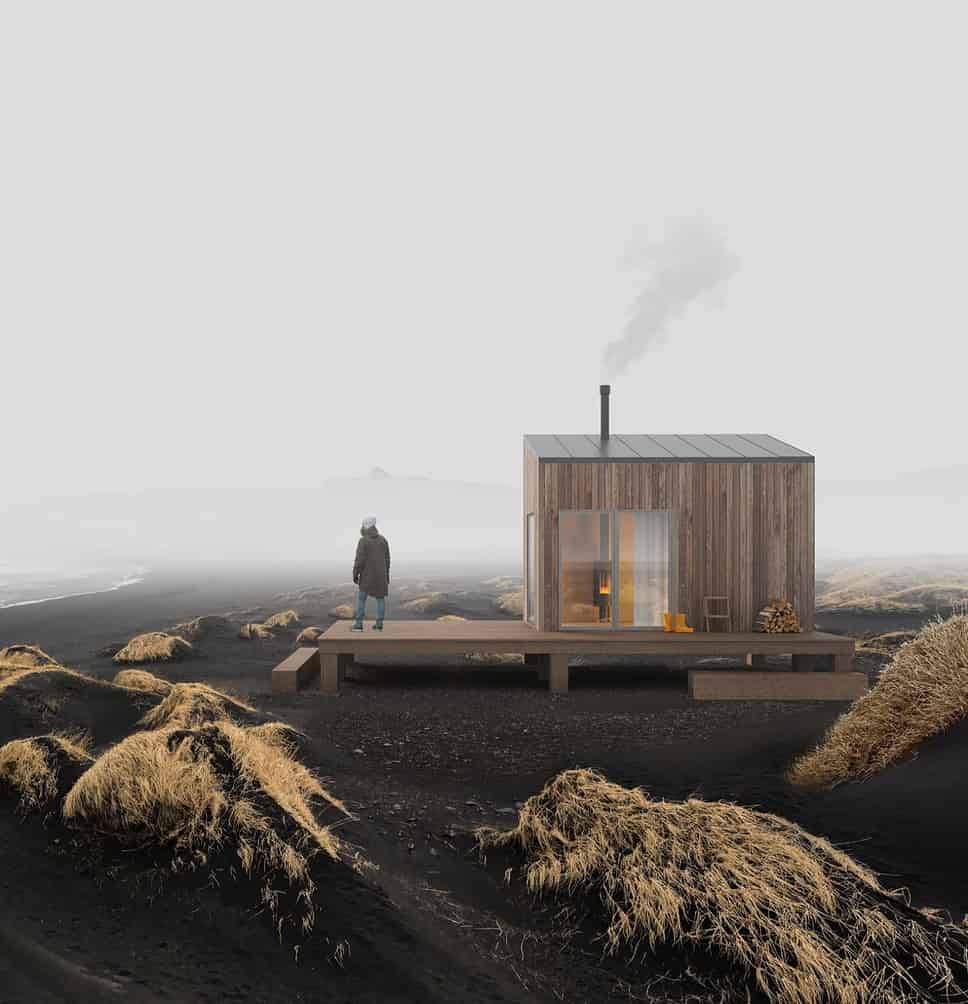
Any other interesting projects you’re working on at the moment?
“We have embarked on a project to establish two villages for refugees in northern Germany. The living spaces will consist of RUSTIC cabins measuring 27 and 46 square meters, while the common areas will be formed by combining COMPACT cabins measuring 50-70 square meters each. We are currently in the process of obtaining planning permits and anticipate delivering the cabins in early 2024.”
How much does a foldable house cost?
“Our current pricing structure is straightforward. Houses intended for year-round use are priced at approximately 2000 euros per square meter, while seasonal cabins are priced at 1400 euros per square meter.”
How long does it take to build one?
“The lead time for smaller cabins is eight weeks, whereas larger houses require 12 weeks for production.”
In our previous interview, you said you wanted to build a SAAS platform for customers and initiate a used Brette cabin market. Did that happen?
“Regarding our business operations, we have decided to cancel the SAAS – software as a service – platform. While we observed several potential competitors in the market, none of them managed to succeed. As a result, we have chosen to concentrate on the engineering aspects of prefabrication.”
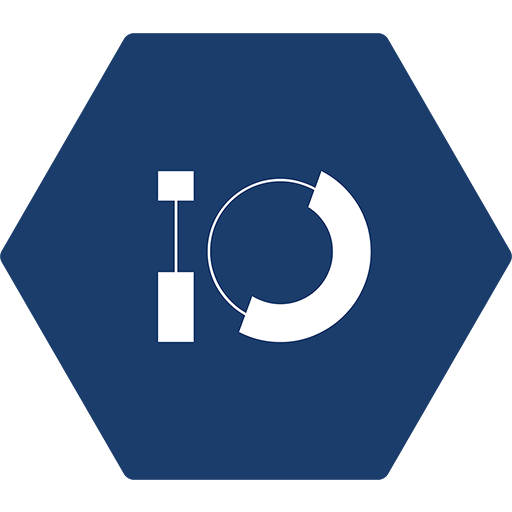
What are your future plans?
“Unfortunately, due to the significant increase in sea shipping costs, we have lost potential customers in the US and Canada. As a result, we have been working on a DIY solution. Starting from October 2023, we will offer all our houses as flatpacks. This presents a great opportunity for local builders to expand their product line with our houses.
This year, we will be raising 550K for our DREAMBLOCK technology, which enables us to transform any house into a DIY project. With this system, two people possessing basic construction skills will be able to erect houses automatically generated by our software according to customers’ requirements. Think of it as a process similar to IKEA kitchens. Our software incorporates a parametric approach, machine learning, and all of our experience.”




